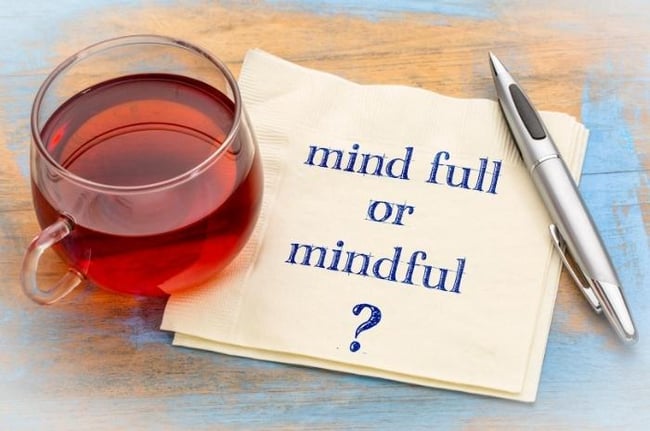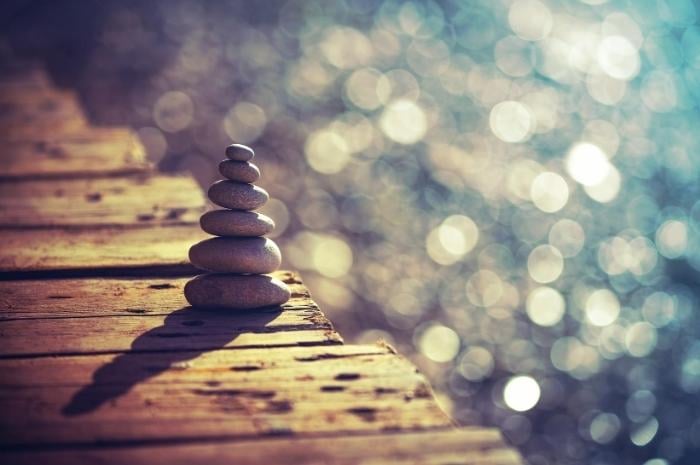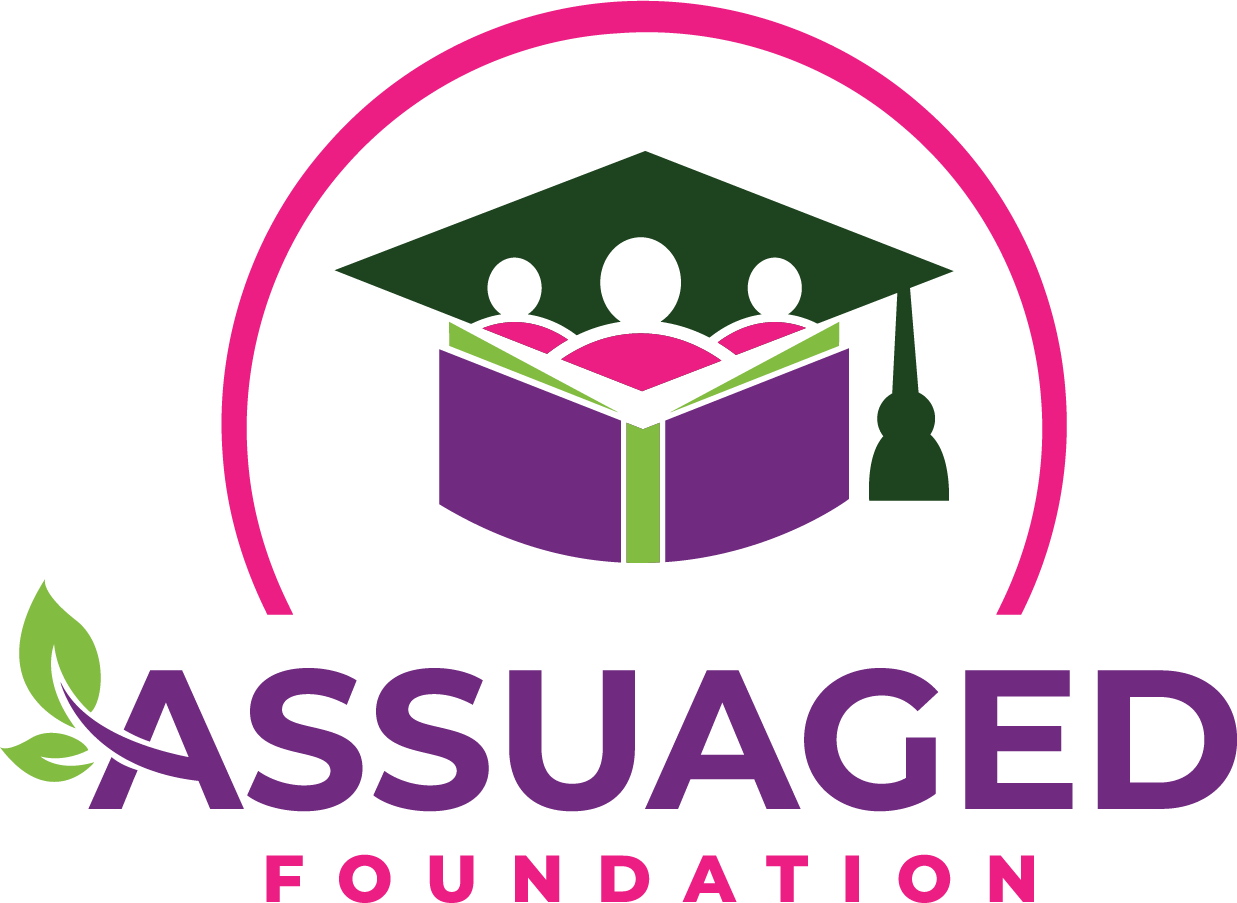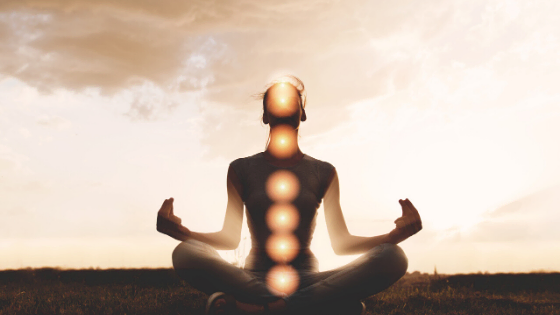In today’s world, there are many ancient traditions and daily practices that were left behind in the eastern world until recent years and are steadily making way into the lives of those residing in the west. Most everyone has heard of yoga, meditation, and practicing mindfulness.
While the physical aspects do include controlling the breath, movement of the body, and thoughts within the mind, the roots of this time-honored custom are far more profound than holding poses while focusing on the rhythmic breathing. These are the initial steps to quieting the mind enough to go deeper into the self. The different focal points are used as a gauge to notice if the brain has wandered, as it’s naturally inclined to do, and a quiet place to return.
Creating a daily meditation practice reprograms thought processes that are usually running rampant within the mind from being so sporadic. Most individuals live life on a level of auto-pilot. Slowing down action enough to make mental notes of these fleeting thoughts helps to detect major life triggers that could benefit significantly from receiving attention.
The coronavirus that has the whole world waiting is an ideal time to incorporate meditation and healing the internal environment of the self. Unacknowledged stress and negative emotions do not go away when the mental subject switches topic. Instead, that created energy goes and nestles away somewhere inside the body. These unresolved energies either resurface in inopportune (emotionally uncontrolled) moments or stay stagnant and possibly begin to affect the body through disease.

The breath is usually the first locality to practice with when beginning meditation, as it calms the body naturally and also eases one into the awareness of the flow of energy occurring in the body. Some are more in tune with physical sensations and variances, where a majority are more prone to tuning these feelings out or masking them with prescriptions.
A clear mind and intention are vital to hearing the messages the body is trying to send clearly. Within every cell, signals are going off that always try to inform the self of the internal and external environment through feelings, intuitions, and physical symptoms (sweaty palms, raised hairs, butterflies in the stomach).
This communication is our safety net that works non-stop around the clock to ensure everything is safe and sound. By focusing on rhythmic breathing and slowing down external stimuli, the internal messages can come to the surface to be acknowledged and put to work on adjustments.
There are other focal points to choose from after the breath is regulated, as shallow and inconsistent breathing signals anxious fight or flight responses, which make relaxation impossible. There are visuals, sounds, and even moving mediation options to experience this mind-body phenomenon. Tai chi, yoga, and Qigong are all practices that involve both physical movement and breath.
There are different music and sound meditations to experiment with as well. It’s best to use various exercises to keep the mind fresh and stimulated. While calming thought processes is an essence of the goal, it’s also to strengthen focus and cultivate endurance, just as yoga does for the body physically. The general guideline is to aim for 15-20 minutes and make time for it every day. It’s best to attach to a daily practice already in place, like while the coffee is brewing. Consistency is extremely critical as the benefits come with time just as building muscle; it takes repetition.
One of the first and most instantaneous benefits gained is a sense of relaxation, or literally the physiology of relaxation. Many people start to meditate in response to stressful situations in their lives, making now the perfect opportunity with available stressors and an abundance of extra time. The second benefit of meditation takes a little more time to surface, but that is to start developing insight into the mind’s workings.
When thoughts are continually running, but those thoughts are occurring just below the level of conscious awareness, it potentially creates damage emotionally and physically. The brain is here stress manifests, and if the incoming signals are constantly perceived as threats, it can cause some severe imbalances and health issues. A broader goal of meditation is the allowance of letting go of thoughts that are irrational or distorted and making space for views that are more positive and supportive.
The third benefit, which comes over time, is experiencing the source of peace and wellbeing while encompassing all the positive emotions within. It’s one of those ‘have to feel it to believe it’ moments, but remember to be patient on the journey because to rush is equivalent to running in circles here. Meditation is the path to this inner sanctuary and well of peaceful tranquility, and that is the primary pay off of quieting the mind. Once this sacred place is reached, there is no taking it away and it is readily available in times of need.
If new to meditation, the mind has been attuned to going unattended wherever it pleases whenever it pleases. It is designed to think, so the goal is not necessarily to stop it from its natural process, but to choose where the focus is revolving. There are so many different ways to meditate because inevitably, everyone has their ideal way to discover and experience. Like a morning routine, there are many similarities among us, but it’s not likely that any combination follows exactly the same pattern. If one modality doesn’t work, there are different options to approach, as mentioned earlier.
Included below are also links to free tools to explore. Sometimes the breath is enough; other times, music helps soothe into a trance, or a visual like a candle flame or picture can be useful. Some need to be immersed in nature to take in the surroundings, and even movement helps to hone in for others. All are only tools to anchor your attention in the present moment. Meditation becomes more comfortable with the practice, and the essential keys to attainment are intention and commitment.
Presently with the coronavirus epidemic affecting the lives of practically the whole planet, it is essential to take the best care of ourselves, physically and mentally. This is a time to reflect on what’s residing deeper within. Usually, life is overwhelmingly busy with schedules and traffic jams, appointments, and long lines. At this point, that’s not the case, and most are at the same peaked levels of stress since that disposition has become somewhat of a habit itself.

There are many sources to help guide and provide alternatives to experiment with and see what works best. Here is a list of the top 11 meditation apps, Insight timer is a wonderful option that is also free! Virtual yoga and other exercise classes are in abundance right now, which is good for the body and a socializing opportunity with others. Certain poses help directly with lowering stress and anxiety that are lovely additions to the morning routine. For those with less mobility, there are also many poses that are all done sitting called chair yoga.
Practicing mindfulness is a slow retraining of the brain, it is scientifically proven, but still in conflict with much of conventional medicine. When reflecting on history, it is clear to see these practices are anything but new-age and were not meant ever to be behind. History books will eventually tell of this coronavirus epidemic, and all actions made now will contribute to that result. Let’s give science a bang for its buck and something grand-scale to create some case-studies of to share with future medicine. Be a part of the Mindfulness Shift; take a step within.















